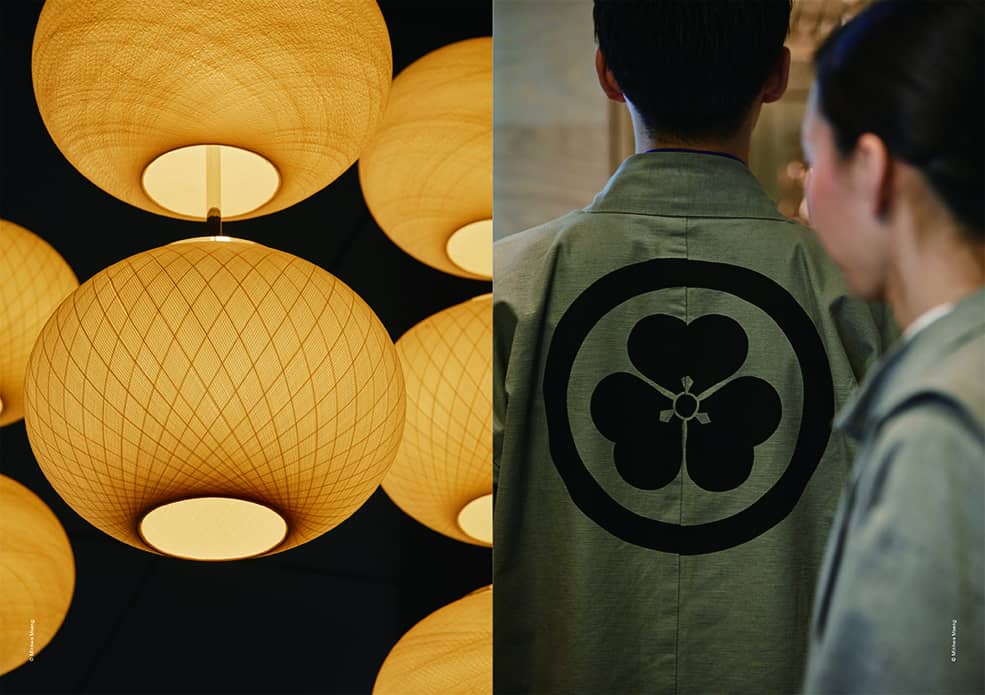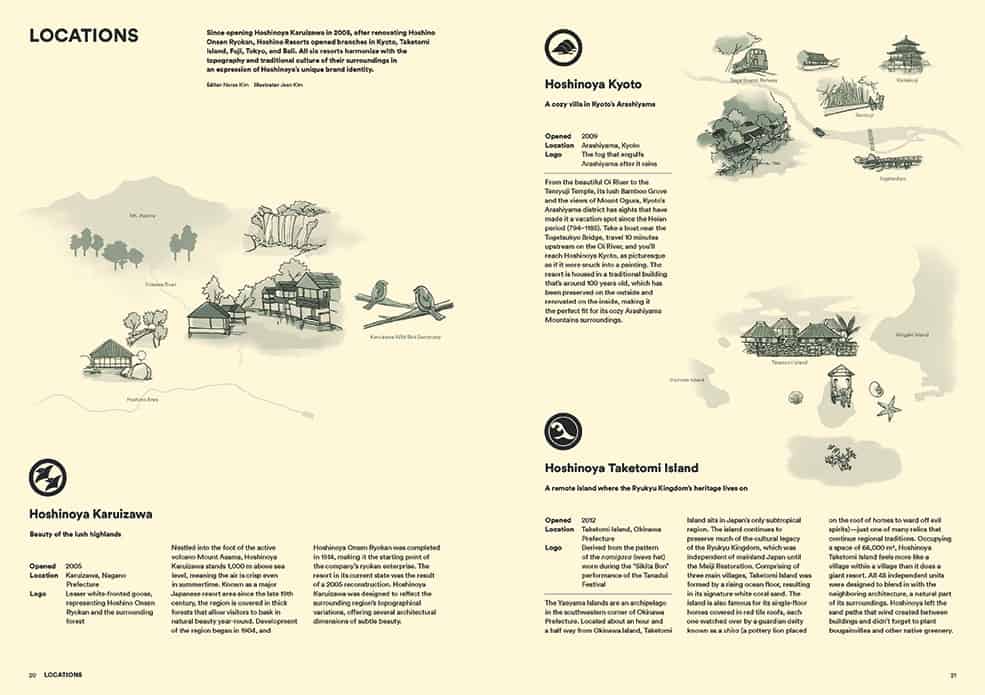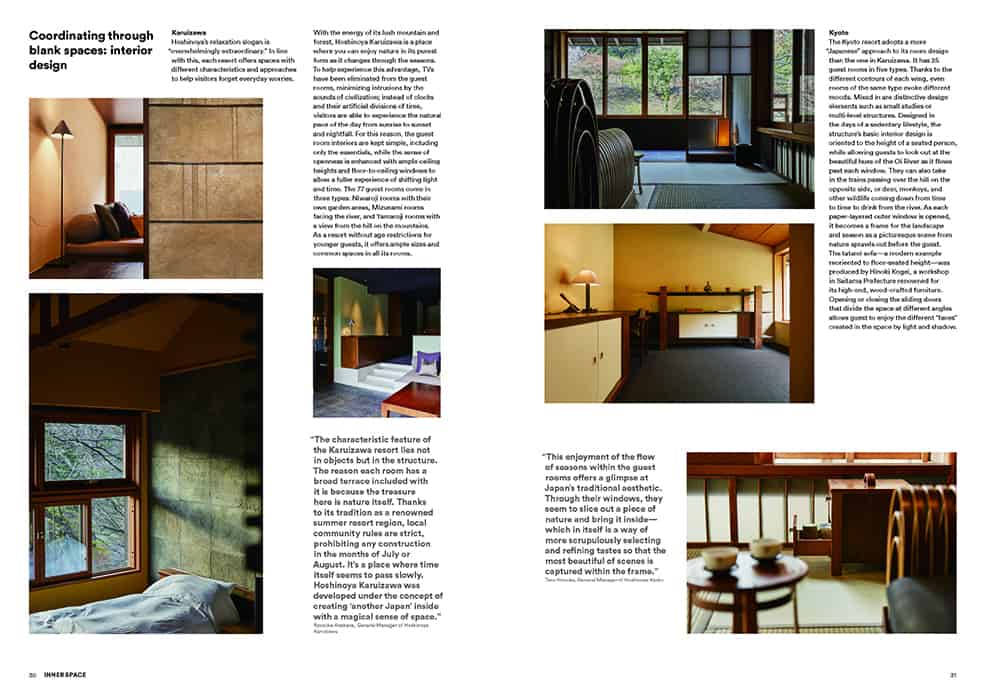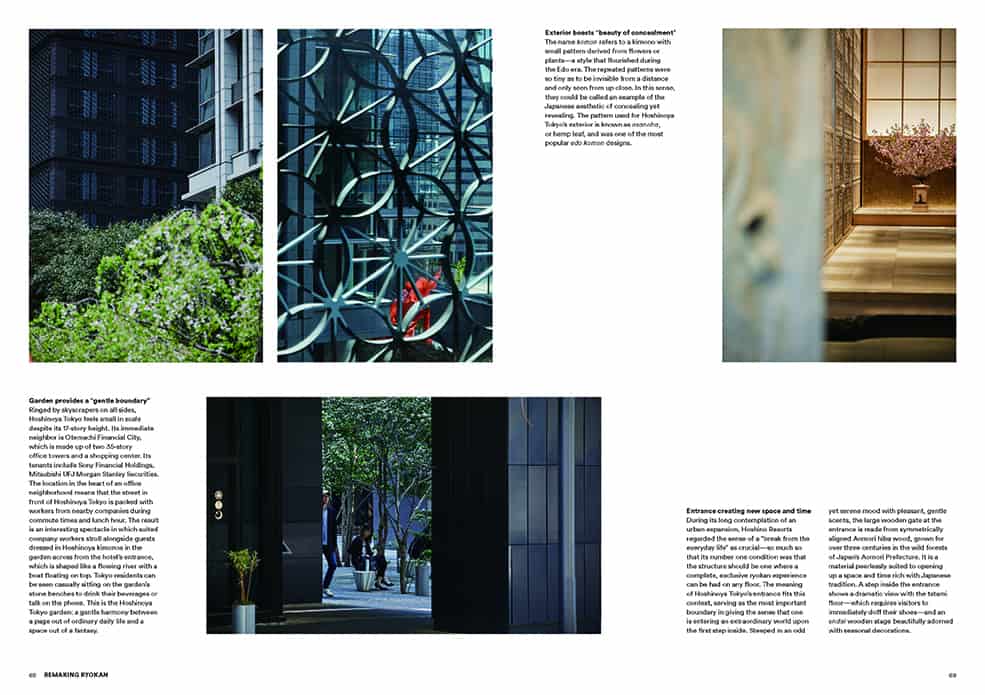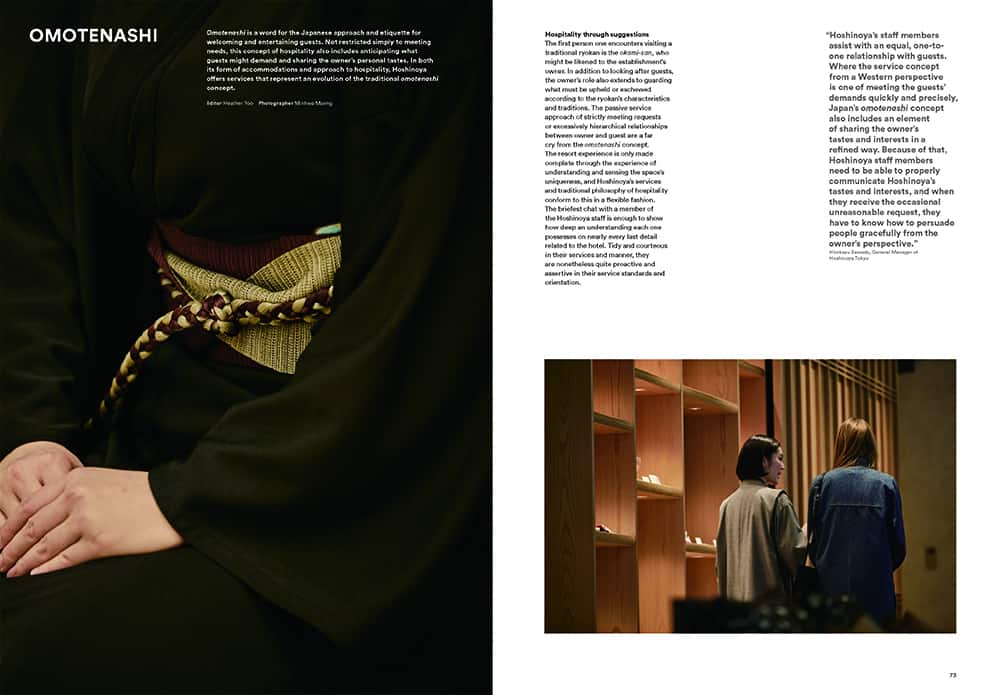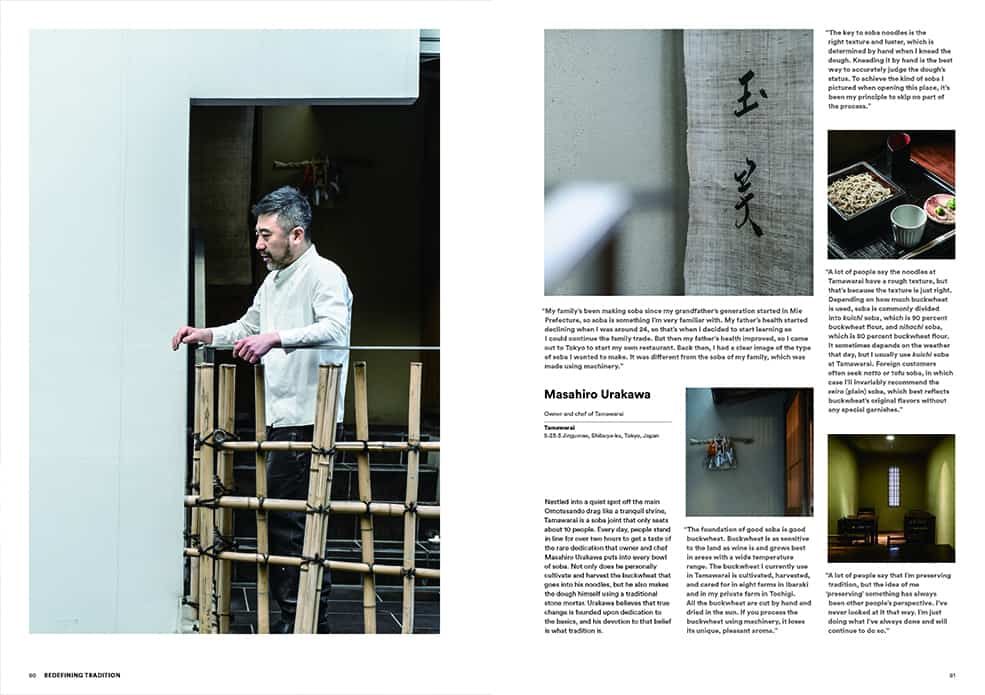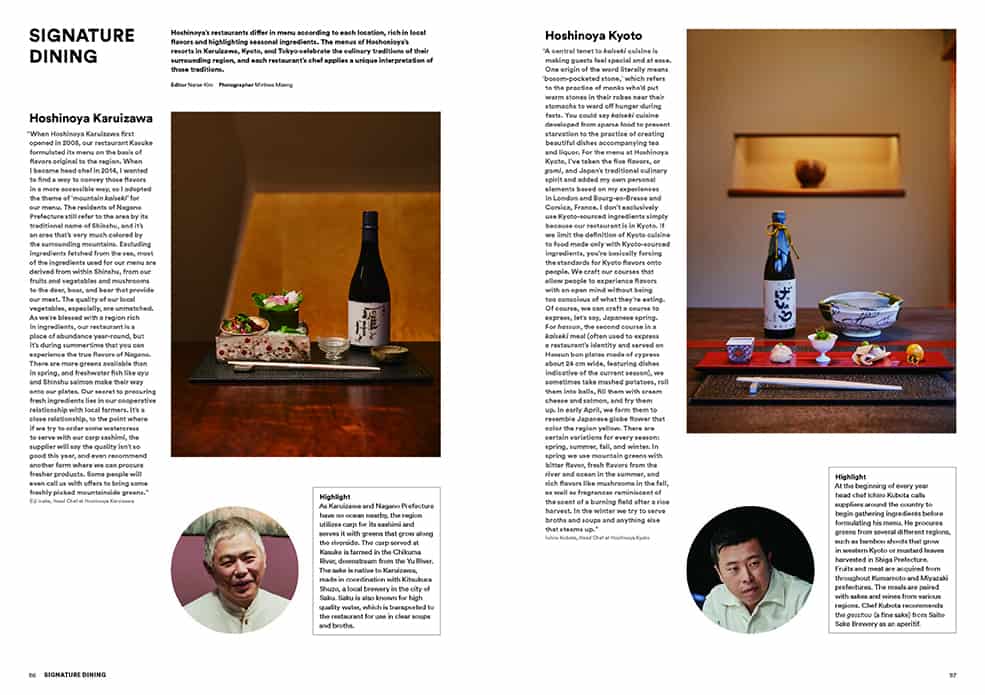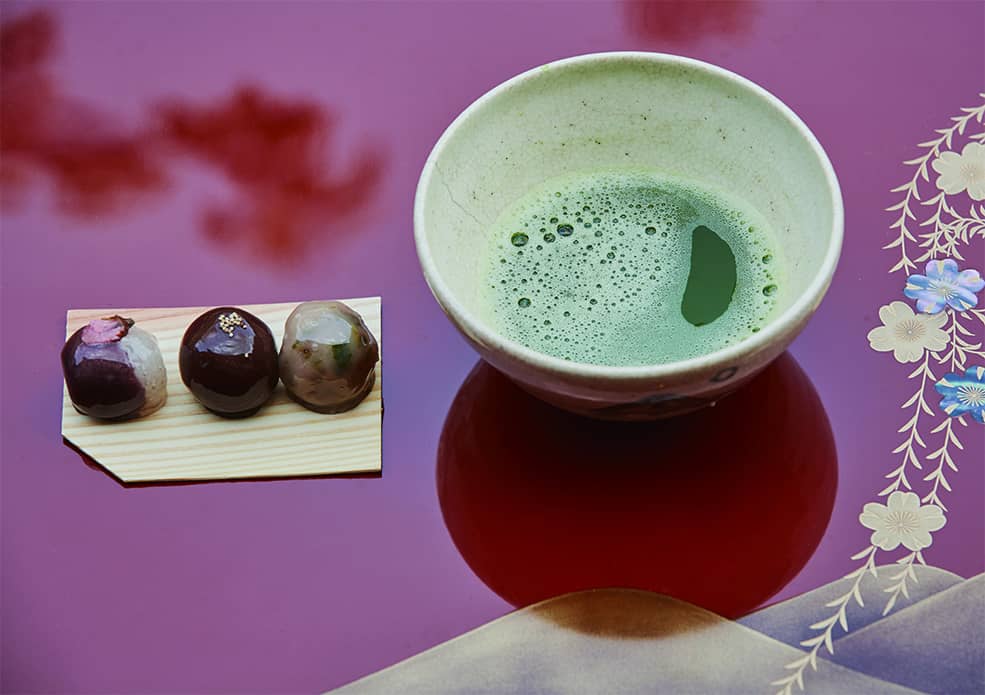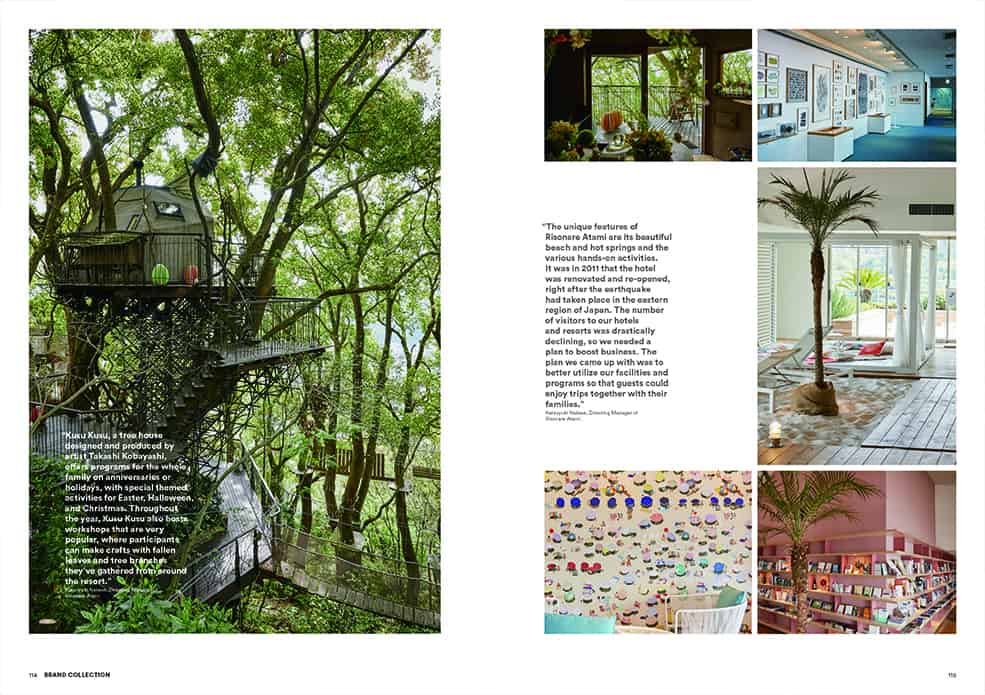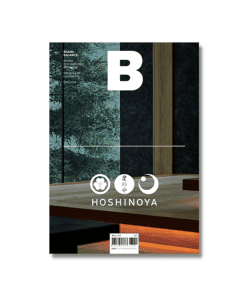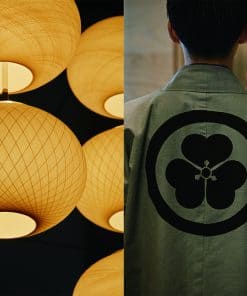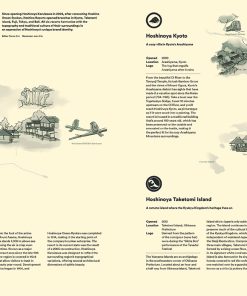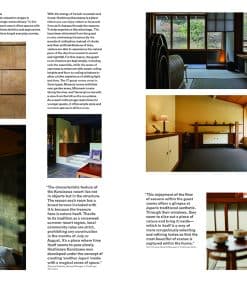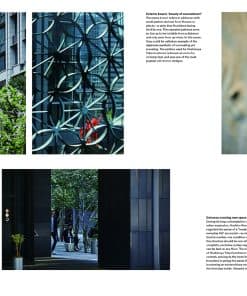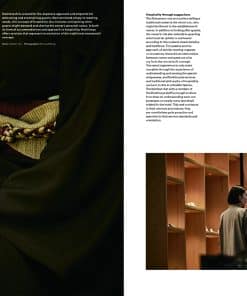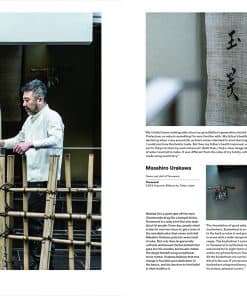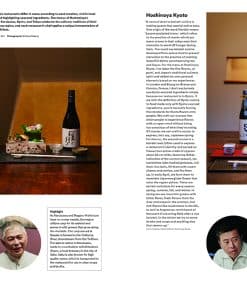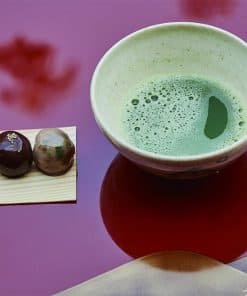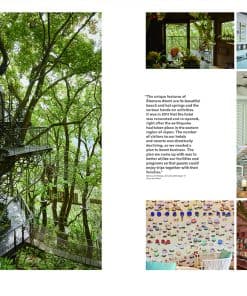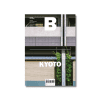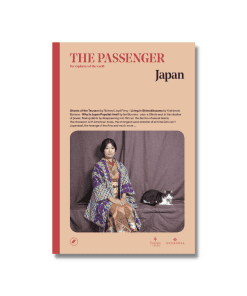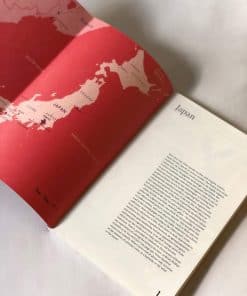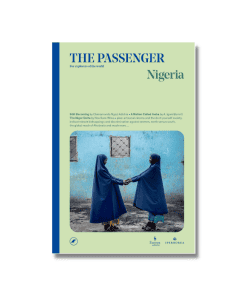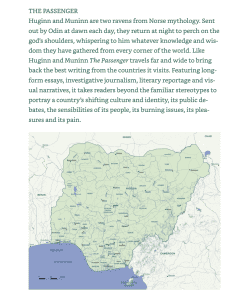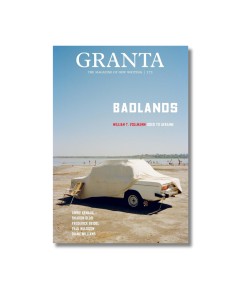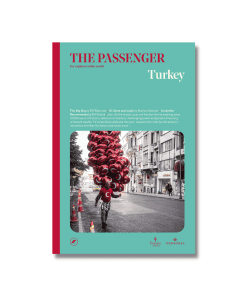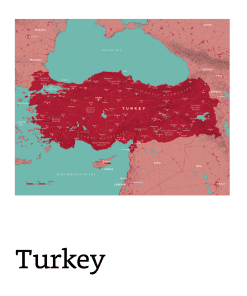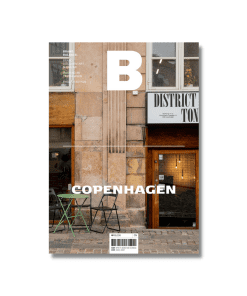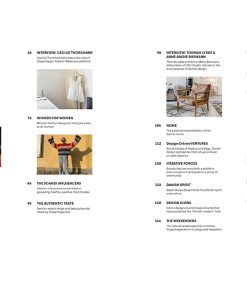Magazine B No.66 HOSHINOYA
480.000₫
INTRO
EDITOR’S LETTER
MOMENTS
Guest impressions of each Hoshinoya location
OPINION
Kengo Kuma, Architect
LOCATIONS
Regional charms and characteristics of the six Hoshinoya locations
INNER SPACE
Hoshinoya’s evolution seen through its early locations
MANUAL
Hoshinoya’s succession and improvement of the Japanese ryokan
ACTIVITIES
Exclusive experiences of regional and seasonal beauty offered at Hoshinoya
OPINION
Deanna Ting, Senior Hospitality Editor at Skift
GLOBAL SCENES
Experts speak on luxury accommodation trends in major cities worldwide and noteworthy brands
EXPERIENCES
Lifestyle brands that share Hoshinoya’s contemporary philosophy
OPINION
Rie Azuma, Architect, and Hiroki Hasegawa, Landscape Architect
REMAKING RYOKAN
How Hoshinoya Tokyo recreated traditional ryokan into a contemporary genre
OMOTENASHI
Hoshinoya’s distinct guest service philosophy derived from ryokan traditions
REDEFINING TRADITION
People who are redefining Japanese tradition in their own ways
SIGNATURE DINING
Head chefs of three locations reveal Hoshinoya’s culinary philosophy
REGIONAL ESSENCE
Japan’s regions as reflected in Hoshinoya Tokyo’s amenities
GENTLE SILENCE
BRAND STORY
History of Hoshino Resorts: From a hot spring ryokan to a Japanese resort market leader
KARUIZAWA
The spirit of Karuizawa in Nagano, the home of Hoshino Resorts
BRAND COLLECTION
The distinctive brands that make up the Hoshino Resorts family
UNTOLD STORIES
Literary figures who found quietude and inspiration in ryokan culture
INTERVIEW
Yoshiharu Hoshino, CEO of Hoshino Resorts
FIGURES
Ryokan and the luxury travel market seen through numbers
REFERENCES
OUTRO
Còn hàng (có thể đặt hàng trước)


